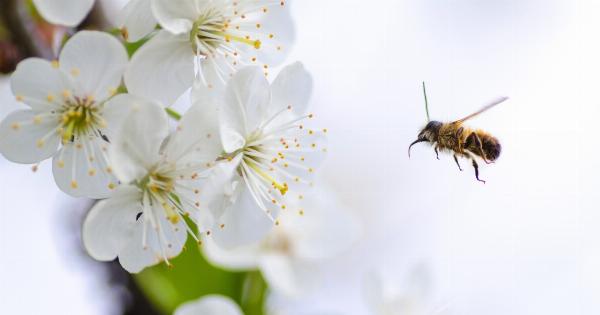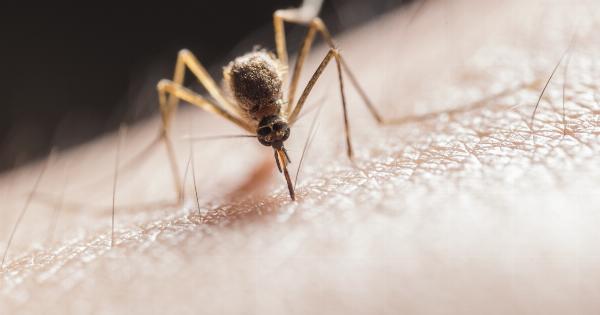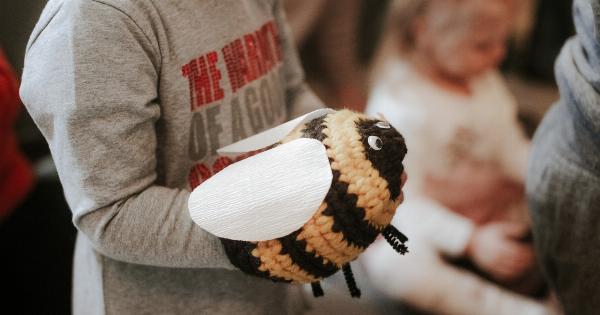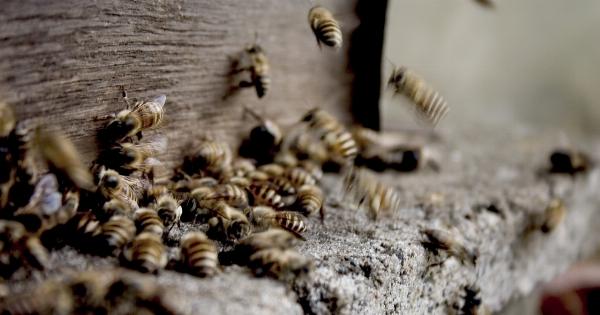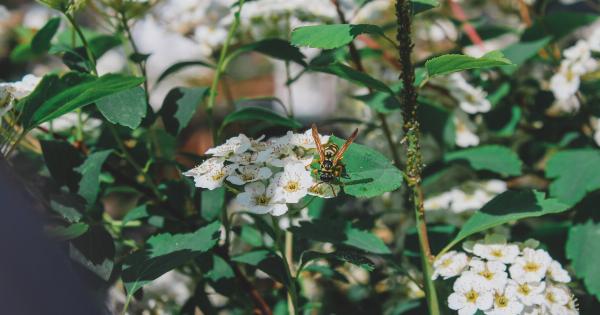Getting stung by a bee can be a painful and distressing experience. Bees are essential for pollination and honey production, but their stings can cause discomfort and even allergic reactions in some individuals.
Understanding the causes of bee stings and implementing effective management strategies can help minimize the impact of these incidents. This article explores the causes of bee stings and provides tips on managing them effectively.
Causes of Bee Stings
Bee stings occur when a bee injects its venom into the skin. The main causes of bee stings include:.
1. Provoking a Bee
Bees are generally peaceful creatures and will not sting unless they feel threatened. If a bee perceives a threat, it may sting in self-defense. Provoking a bee by swatting at it or disturbing its hive increases the likelihood of being stung.
2. Accidental Encounters
Unexpected encounters with bees, such as stepping on one barefoot or unknowingly disturbing a hive, can lead to a bee sting.
3. Bee Predators
Some animals, such as bears and honey badgers, are known to disturb beehives in search of honey or bee larvae. When bees perceive their hives to be under attack, they will defend themselves by stinging the intruders, including humans.
4. Allergic Reactions
Some individuals have allergic reactions to bee stings, which can be life-threatening in severe cases. Allergies to bee stings are caused by an overreaction of the immune system to the venom.
Bee Sting Management Strategies
1. Initial Response
When stung by a bee, it is important to act swiftly. The following steps can help manage the initial response:.
2. Remove the Stinger
Bees leave their stingers behind when they sting. It is vital to remove the stinger from the skin as soon as possible to prevent the injection of more venom. Use a credit card or a similar flat object to scrape the stinger off the skin gently.
3. Wash the Affected Area
After removing the stinger, wash the affected area with mild soap and water. This helps reduce the risk of infection.
4. Apply Cold Compression
Apply a cold compression to the sting site to reduce swelling and alleviate pain. Wrap an ice pack or a bag of frozen peas in a thin cloth and place it on the affected area for 10-15 minutes at a time.
5. Use Over-the-Counter Medications
Over-the-counter pain relievers, such as ibuprofen or acetaminophen, can help reduce pain and inflammation associated with bee stings. Follow the recommended dosage instructions for these medications.
6. Topical Remedies
Various topical remedies can provide relief from bee sting symptoms. Applying a paste made of baking soda and water to the affected area can help neutralize the venom and reduce itching.
Aloe vera gel or calamine lotion can also soothe the skin and decrease discomfort.
7. Watch for Allergic Reactions
If you are allergic to bee stings or have experienced a severe allergic reaction in the past, it is crucial to seek immediate medical attention.
Signs of an allergic reaction include difficulty breathing, swelling of the throat or tongue, dizziness, or a rapid heartbeat.
8. Prevention Strategies
Preventing bee stings is always the best strategy. Consider the following precautions:.
9. Dress Appropriately
Wear light-colored, smooth-textured clothing when spending time outdoors, as bees are attracted to dark or floral patterns. Avoid wearing perfume, scented lotions, or bright-colored clothing, as they can also attract bees.
10. Be Conscious of Surroundings
When outdoors, stay vigilant and be aware of your surroundings. Look for signs of bee activity or beehives, and avoid disturbing them.
Conclusion
Understanding the causes of bee stings and implementing effective management strategies can help reduce the pain and discomfort associated with these incidents.
By knowing how to respond promptly to a bee sting and taking precautions to prevent future stings, you can enjoy outdoor activities confidently, even in areas frequented by bees.

